Poor value of long-delayed biomass project leads Tory peer to say ‘the Government is backing a dead horse’ in sustainability drive.


Professor Stephen Hawking might have died before the James Webb Space Telescope finally launched. Still, due to the vast space legacy of the late physicist, many hours of the new space telescope will be dedicated to proving some of his theories! One of such theories is the very last one Hawking worked on before his death, in which he argued about a multiverse theory that implies an exact copy of you existed in a parallel universe! What is the multiverse theory, and will the James Webb Space Telescope finally prove Stephen Hawking’s multiverse theory?
Stephen Hawking died in 2018, missing the launch of the James Webb Space Telescope by more than three and a half years. That was thanks to multiple delays that pushed the launch date from between 2007 and 2011. It also gulped about 10 billion dollars, about ten times the initial budget. However, following a successful launch and deployment of its components, this powerful space telescope will undergo several months of calibrating and testing before settling down to work.
Thanks to the large 6.5 meter giant mirror that had to be folded during launch, the telescope will be able to peer into the atmospheres of planets outside our Solar System and peek through massive clouds of dust to watch the birth of new stars and planetary systems. JWST will be able to gather and reflect light from the early Universe. The Universe is thought to be around 13.8 billion years old, and JWST will be able to observe light from the earliest stars and galaxies, close to the Big Bang!
The JWST is an infrared telescope, meaning it uses infrared radiation to detect objects in space. It is able to observe celestial bodies, such as stars, nebulae, and planets that are too cool or too faint to be observed in visible light, that is, what is visible to the human eye. According to NASA, infrared radiation can also pass through gas and dust, which appear opaque to the human eye. This is different from the world-famous Hubble Telescope, which sees visible light, ultraviolet radiation, and near-infrared radiation. In order for the instruments aboard to work, they need to be kept at extremely cold temperatures,-370 degrees Fahrenheit or lower. The large sunshield protects the telescope from the heat of the sun and keeps the instruments cold.
According to a report conducted by an independent review board in 2018, there were 344 “single-point failures,” or steps that needed to work for the mission to succeed! However, the telescope was tucked inside the nose of an Ariane 5 rocket and launched safely from the European Space Agency’s Spaceport in French Guiana in December last year! It separated from the rocket after the launch and began unfolding. According to NASA, about 30 minutes after the launch, the first deployment took place as the solar panels unfolded so the telescope could get power from the sun!
Because of JWST’s capabilities, many astronomers are vying for time with the telescope. The Space Telescope Science Institute, which oversees science operations on Hubble and JWST, had sent out a call to astronomers for proposals on how they’d like to use James Webb, with 6,000 hours of observation time up for grabs! The lucky ones have now received approvals for their projects, and we look forward to the wealth of knowledge they will enrich us with! There is plenty of time for the JWST to unlock the deep secrets of the Universe, with about 20 years of operation guaranteed by the amount of fuel aboard the space telescope.
With the JWST safely delivered to its location about one million miles away from the earth, is it time to confirm one of Hawking’s most intriguing theories, the multiverse concept? The theory is special because it was the last one published by the professor! In fact, that final research from the sharp mind was submitted for publication just ten days before his death!
In the paper, titled “A smooth exit from eternal inflation?” which he co-authored with Thomas Hertog, a physicist at the Catholic University of Leuven in Belgium, Hawking laid out a theory on the origin of the Universe that might settle a few lingering questions. However, despite being his last work, the paper was actually a final look at one of his earliest theories. In fact, if the JWST eventually helps prove the existence of the multiverse, it will make the scientists behind it likely candidates for a Nobel Prize! However, since Nobel Prizes cannot be awarded posthumously, Hawking would be ineligible to receive it.
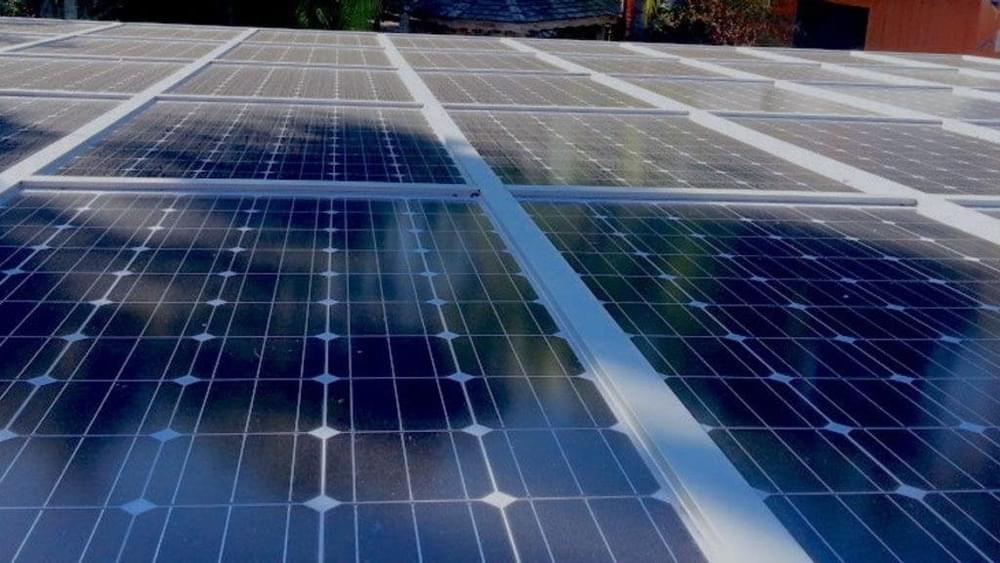
By Helen O’Shea
On a windy, bright day in Lemoore, California another 250 megawatts of clean power was added to California’s energy mix with the dedication of the Aquamarine Solar Project. There are many new solar projects coming online across the country these days, but the Aquamarine project is notable for its innovative development model — it’s part of a 20,000-acre master-planned solar park on fallowed and salt-contaminated agricultural lands in the Westlands Water District in California’s Central Valley.
Disturbed lands farmed for years with no residual habitat value are the perfect place to locate utility-scale solar projects. In 2016 these lands, among many others, were identified as suitable for development by a diverse group of stakeholders through the San Joaquin Valley Least Conflict Solar Planning exercise.
In addition to the beautiful reddish image seen by the telescope, ESA stated that the data gathered from this sort of observation could aid in deciphering riddles surrounding the Universe’s beginning.
About Hubble Space Telescope
The Hubble Space Telescope is massive, NASA said. Hubble orbits Earth at around 340 miles (547 kilometers). It measures the length of a huge school bus and weighs the equivalent of two adult elephants. Hubble travels at a pace of around 5 miles per second, about the same as traveling from the east to the west coast of the United States in 10 minutes. Hubble is a spacecraft that runs on solar power.
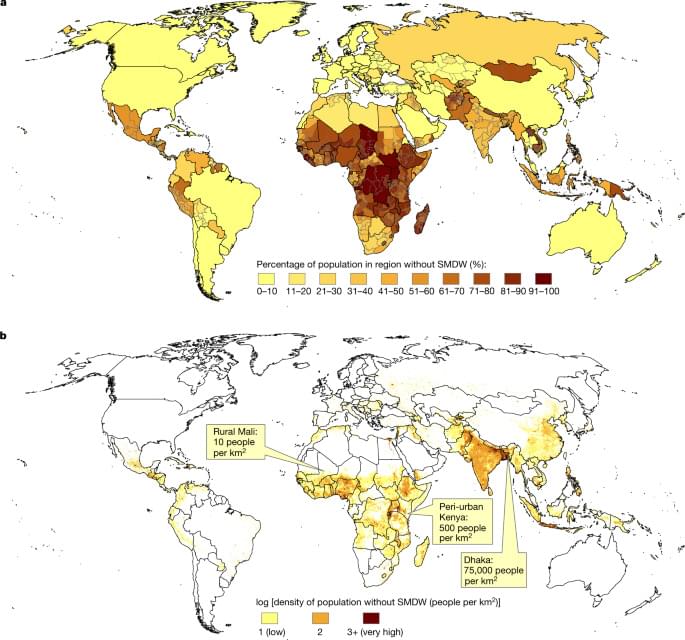
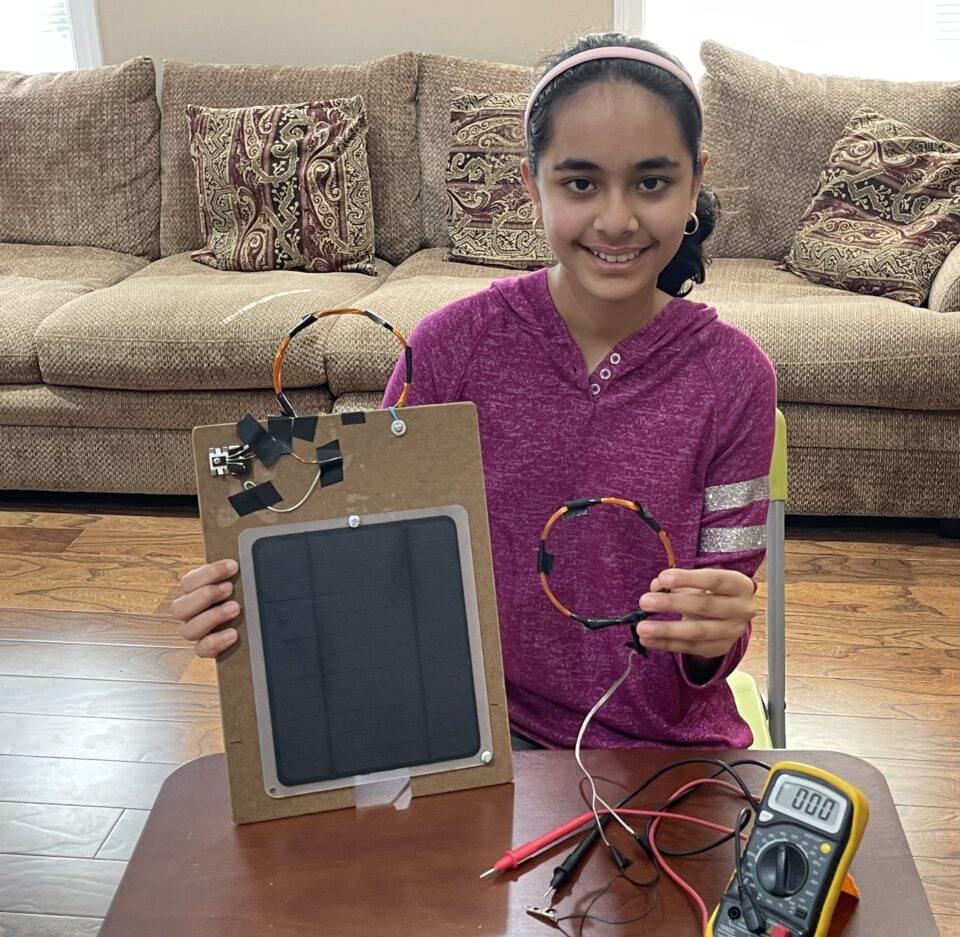
While renewable energy sources like wind and solar have become more common across the United States, fossil fuels remain the main source of energy. According to the U.S. Information Administration’s (EIA) International Energy Outlook 2021 (IEO2021), the global supply of fossil fuels and biofuels is expected to adequately meet global demands for liquid fuel through 2050. Renewable energy technologies have improved to become more efficient and less costly, however most renewable energies are unable to provide a constant supply of energy.
This issue inspired Shriya Tailor, a middle school student from Duluth, Georgia, to find a constant renewable energy supply that created energy at all hours of the day and in any weather condition.
She looked to space for this solution, leading her to design a prototype for a “Solar Energy Station.” Shriya says the station, made of solar cells, would need to be around 50 miles away from earth for the energy waves to be transmitted back to earth via electromagnetic fields, then collected by an antenna and converted back to electricity. Consisting of a small solar panel, switching circuit, and transmitting and receiving coils, Shriya’s prototype allowed her to test her process here on earth.
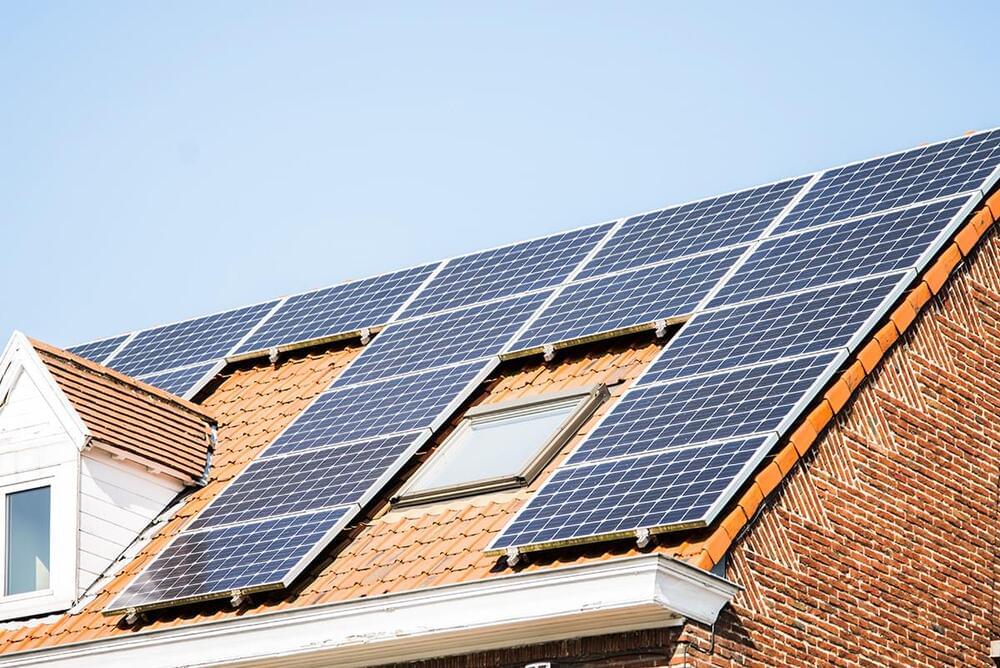
How do you power a super advanced alien civilization? Soak up a star.
We harness the power of the sun using solar panels. What if you were to scale this idea to astronomical proportions? Surround an entire star with solar-collecting structures or satellites to power your sprawling alien galactic empire. Such massive structures are known as megastructures—in this case a “Dyson sphere.” We are already trying to detect possible megastructures in space using the dimming of a star and the glow of megastructure components in infrared light. But recent research provides a new detection method—a Dyson sphere may cause its host star to swell and cool.

Power companies are having to come to terms with the high cost difference between maintaining poles and wires and installing hybrid power systems at the ends of the long power lines. And when the bushfires burn all the poles, then it makes the decision much easier.
Horizon Power is rolling out standalone off-grid solar and battery powered systems for 19 customers east of the town of Esperance. “Horizon Power first began offering certain remote regional customers the option to be powered by a custom built stand-alone solar and battery power system, or SPS, after bushfires destroyed more than 320 power poles and hundreds of kilometres of power lines in the region in November of 2015.”
At that time, only four landowners took up the offer. Now they expect to deliver more than 1,000 systems to farmers and remote indigenous communities. As part of the Western Australian government’s Recovery Plan, Horizon Power has received $46 million to provide 150 systems across regional Western Australia. Each system consists of solar panels, battery storage, and a backup diesel generator. Connection to HP’s service hub means that any faults can be diagnosed remotely. Service teams can be dispatched if needed.
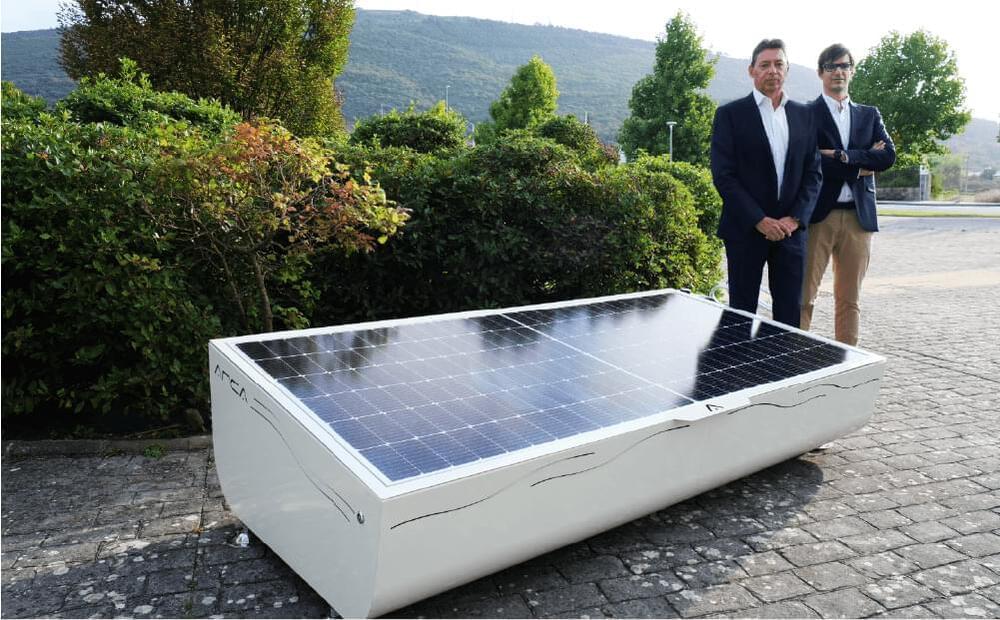
Developed in Spain, the Arca system integrates solar panels, power electronics, and energy storage. Arca Lite has a rated power of 490 Wp, and Arca Plus of 980 Wp.
From pv magazine Latam
The Spanish companies Solartia and IED — experts in energy and electronics, respectively — have launched Arca, an autonomous solar power generator described as a robust and low-maintenance system that aims to alleviate energy poverty.
The system integrates solar panels, power electronics, energy storage and prepayment in a compact, robust and simple way, which allows it to be able to supply energy permanently anywhere in the world, according to the manufacturer. The solution is also designed to be installed in any location without qualified personnel.